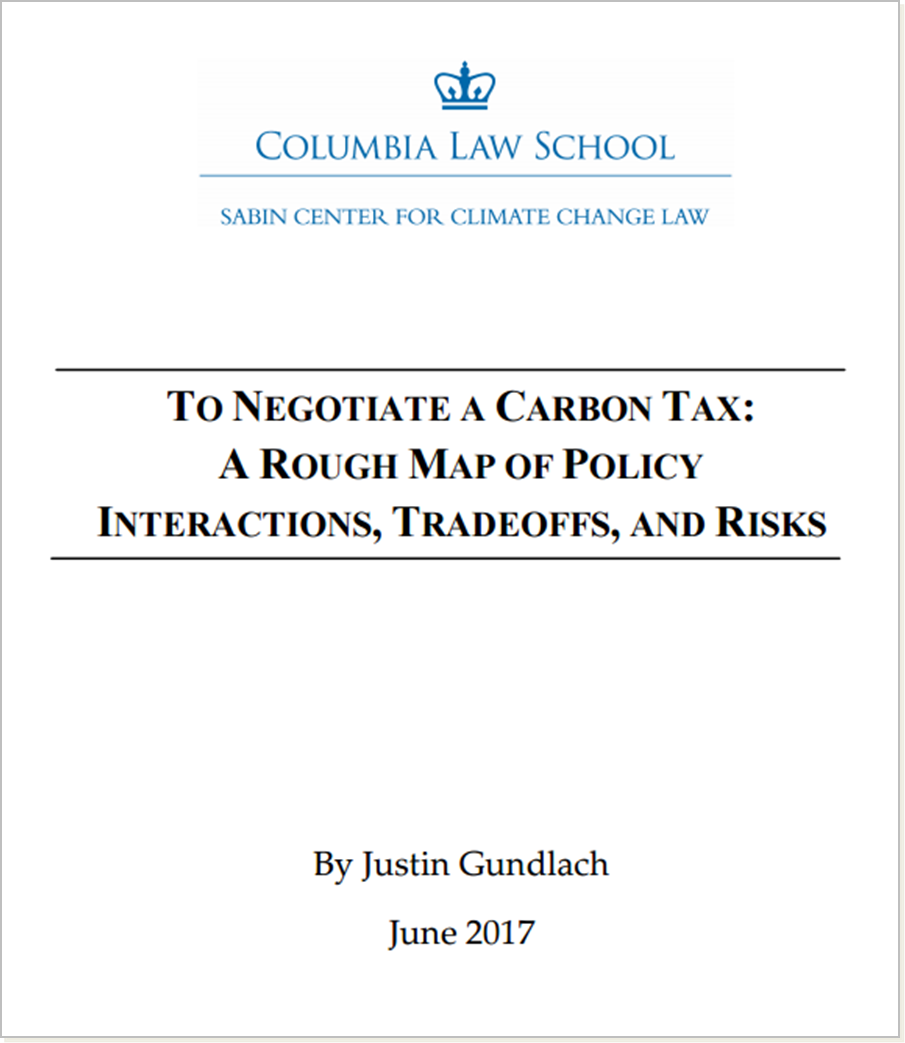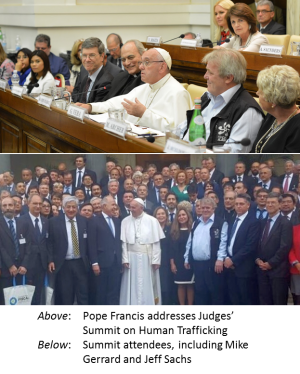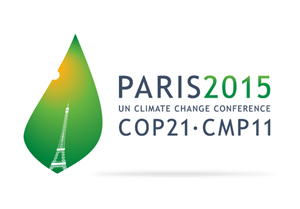Brian Bowman
Fellow
After several unsuccessful bills in prior sessions of Congress, legislative proposals for a federal clean energy standard (“CES”) are once again being discussed in the current session. Senator Jeff Bingaman (D-NM) and Senator Lisa Murkowski (R-AK), two key Senators from the Committee on Energy & Natural Resources, recently released a white paper soliciting input in regard to the structure and design of potential CES legislation.
While the effort to establish a CES in the U.S. has never advanced beyond a preliminary stage, similar policies are currently in place in both Germany and the United Kingdom. As members of the European Union both of these nations are required to implement national legislation that satisfies the requirements of the E.U. Renewable Energy Directive (2009/28/EC) (the “Renewable Energy Directive”), which lays down renewable energy targets for EU member states. Their clean energy legislation may also serve as a valuable tool for comparison for any potential CES proposal in the U.S.
Recent U.S. Legislative CES Proposals
One of the most recent U.S. federal clean energy related legislative proposals was the Renewable Electricity Promotion Act (“REPA”) introduced by Senator Bingaman in September 2010. REPA was the final in a string of unsuccessful clean energy bills introduced during the 111th Congress. To date, only a handful of CES related bills have been introduced during the 112th Congress. However, given Senator Bingaman’s and Senator Murkowski’s recent CES white paper, it is likely one or more such proposals will soon be introduced.
Renewable Electricity Legislation in Germany and the U.K.
The Renewable Energy Directive establishes an EU wide renewable energy target which calls for the EU to derive at least 20% of its gross final energy consumption from renewables by the year 2020. It assigns legally binding targets to individual member states but includes no specific target for the use of renewables in the electricity sector. The European Commission expects that, under the most likely implementation scenario, the Renewable Energy Directive will result in at least 34% of electricity being derived from renewable sources if the EU wide goal of 20% is to be achieved. Germany and the U.K. have both been assigned renewable energy targets under the Renewable Energy Directive and have legislation in place that is expected to aid them in satisfying their respective requirements.
The German Renewable Energy Sources Act (“EEG”) is the country’s main tool in promoting renewable electricity. The EEG establishes a feed-in tariff for producers of renewable electricity. In contrast to the German EEG, the U.K. clean energy policy utilizes a quota system and requires electricity suppliers to prove they obtained a certain portion of their electricity from renewable sources. The U.K. Energy Act of 2008 empowers the implementation of a Renewables Obligation (the “RO”) through a Renewables Obligation Order. The RO serves as the U.K.’s “main financial support scheme for renewable electricity” and “stimulates deployment of new renewable generation” to aid in achieving the U.K.’s obligation under the Renewable Energy Directive. The U.K. Renewables Obligation Order 2009, as recently amended by the Renewables Obligation (Amendment) Order 2011 (the “ROO”), imposes on electricity suppliers a requirement that they obtain and present to authorities renewables obligation certificates equivalent to a pre-determined percentage of the annual electricity they supply to customers by the year. The ROO quota system is structurally similar to the renewable energy standards (“RES”) currently in place in some U.S. states. More information on the effectiveness of RES and feed-in tariff systems can be seen here.
Electricity Generation Technology in Clean Energy Legislation
A primary consideration for any type of clean or renewable energy legislation is the type of technology that will be classified as “clean” and/or “renewable” for the purpose of benefiting from the incentives contained therein. For example, the U.S. REPA was a renewable energy proposal intended to require that covered electric utilities obtain at least 15% of the “base” amount of electricity they sell to electric consumers from renewable sources. However, electricity produced by new, as well as improved, nuclear or whose production related greenhouse gas emissions were captured and sequestered would have been, under REPA, excluded from the calculation of the “base” amount.
Historically, renewable and clean energy policies proposed in the U.S. include in the energy mix a broader set of technologies as compared to clean energy legislation currently in place in Germany and the U.K. While technologies like nuclear, clean coal and efficient natural gas have their place in German and U.K. energy policies, the German EEG and the U.K. ROO do not provide incentives for their continued or expanded use as the proposed U.S. REPA provided for nuclear. On the contrary, Germany views the use of nuclear as a short-term “bridge” type technology to be utilized while in transition to a renewable energy based economy.
Consumer Cost Concerns Associated with Clean Energy Legislation
Another key issue identified by Senator Bingaman and Senator Murkowski in regard to a potential U.S. CES is the additional costs that consumers may experience due to the requirement placed on utilities that they purchase a certain percentage of their electricity from renewable sources of generation. It is estimated that the monthly increase in electricity bills per household in Germany due to the EEG feed-in tariff program is about €6.00 ($8.46). Likewise, the electricity consumers in the U.K. bear the increased costs associated with funding the ROO quota and there is little doubt that any U.S. CES would also result in increased electricity costs for households and businesses.
To control such costs the EEG includes an “Equalisation Scheme” (the “ES”) which sets the price paid by consumers for funding the feed-in tariff. The ES attempts to ensure that the cost for subsiding renewable electricity is distributed evenly among electricity consumers throughout the country. The proposed REPA also included several consumer protection clauses, including a provision that allowed an electric utility to file a petition to avail itself of compliance so as to limit to 4% any annual increase in the rate charged per retail customer. Any newly proposed CES should contain the same type of cost control provisions to minimize the incremental cost impact on households and businesses.




